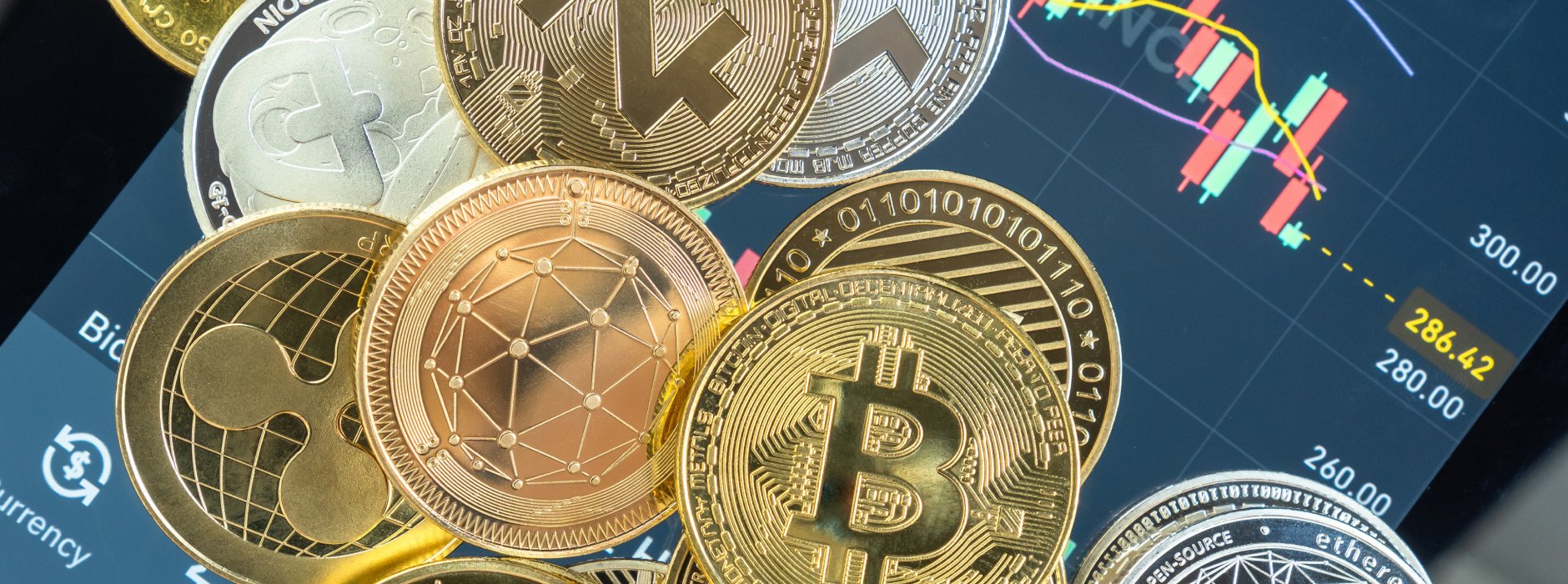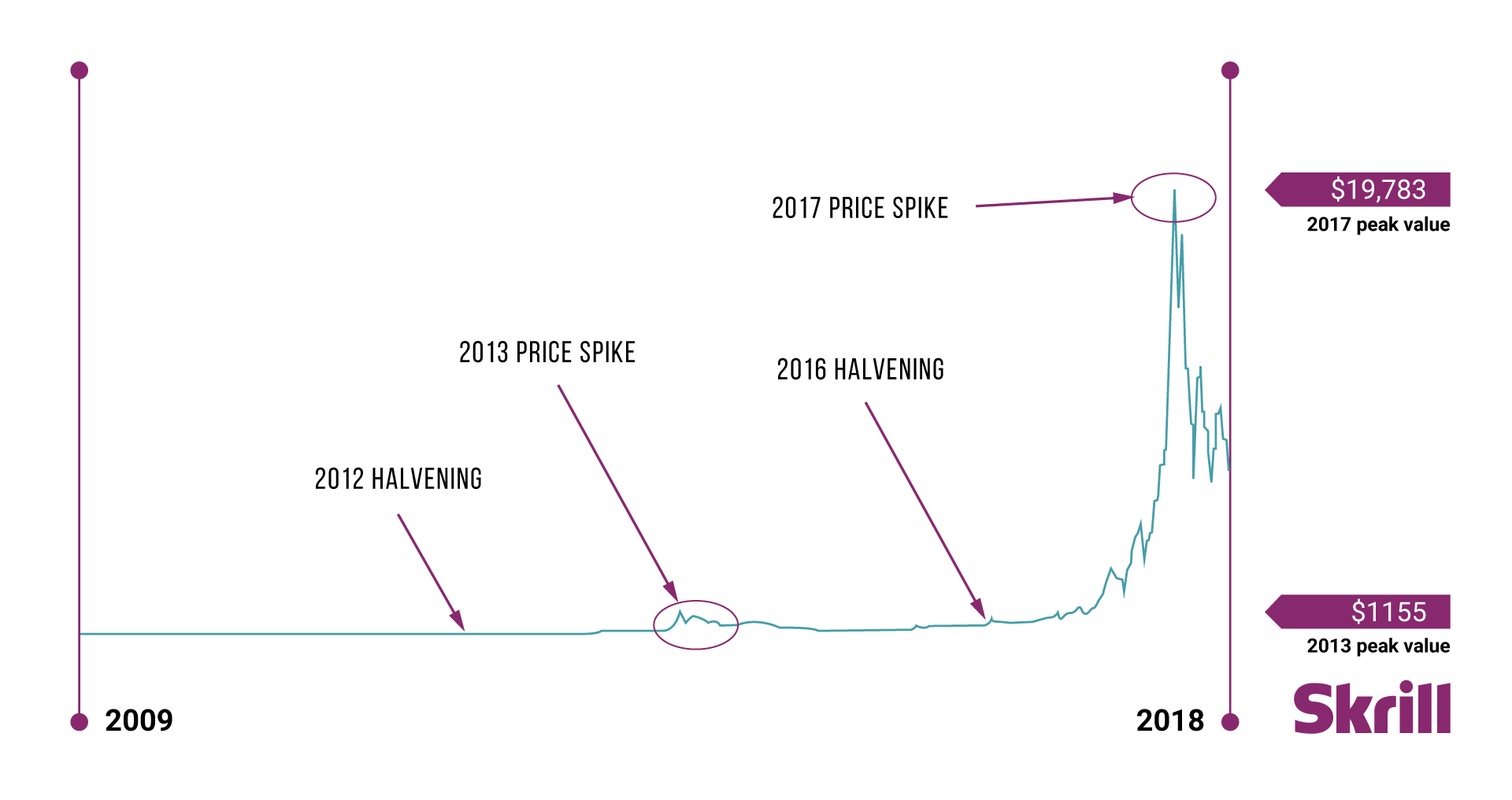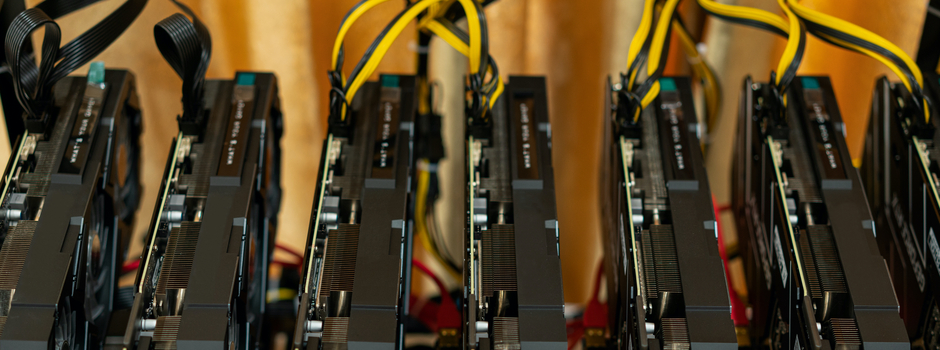Don’t invest unless you’re prepared to lose all the money you invest. This is a high-risk investment and you should not expect to be protected if something goes wrong. Take two minutes to learn more.
This article is not intended to be financial, investment or trading advice. This article is for information and solely for education purposes. It does not protect against any financial loss, risk or fraud.
Written by Lydia Pallot
What are some of the most interesting altcoin projects to watch in 2023? With over 23,000 cryptocurrencies making bold claims about the problems they solve, it can be difficult to filter through the noise. So, to help, we’ve selected five altcoins that might be worth a look.
What is an altcoin?
Firstly, let’s define what an ‘altcoin’ is. Altcoin is a mash-up of two words, ‘alternative coin’. If we look back to 2009, when bitcoin was the only cryptocurrency, the word coin emerged as a synonym for bitcoin units.
E.g. “How many coins did you have in your wallet?”
But, as new cryptocurrencies emerged, offering alternative use cases a different way to reference these new coins was needed. So, to reflect bitcoin’s primacy, a catch-all for everything other than bitcoin was introduced - ‘altcoins’.
Ethereum's importance as a platform on which to build other crypto applications has established its currency, ether, alongside bitcoin.
With most subsequent coins variants on the design of bitcoin or ether, an altcoin has, therefore, come to refer to every investable cryptocurrency other than those two. That’s the meaning of altcoin we’ll apply here.
Arb – the L2 token launch
Abitrum, the Ethereum layer 2 protocol, airdropped its token (ARB) on March 23rd, 2023. The project’s governance will allocate 56% of the token’s total distribution to the community, of which 12.75% was shared in the first airdrop.
There was a lot of speculation leading up to ARB’s initial listing price (which settled around $1.40), ranking it within the top 40 cryptocurrencies on Coinmarket, but one observation from previous crypto bull runs is the importance of focusing on use cases rather than just price.
On March 16th, Arbitrum became the first EVM rollup to reach the second of the three stages laid out by Vitalik Buterin (Ethereum’s founder) for classifying layer 2 maturity.
Arbitrum isn’t the only layer 2 protocol employing roll-ups as a scaling solution for Ethereum transactions, so it’s worth comparing meaningful statistics.
Defi Lama can tell you the total value locked (TVL) within the system, an indicator of usage. At the time of writing, Arbitrum has a TVL of $1.8bn, ranking it 4th among protocols behind Ethereum, Tron and Binance Smart Chain, respectively.
Layer 2 protocols are designed to provide an equivalent experience to transacting on Ethereum, but at a fraction of the cost and time, with an average cost of $0.07 to send ether and $0.21 for a swap, Arbitrum fees compare favourably to the competition.
And when you look at the main protocols where Arbitrum is used to maximise speed and minimise transaction cost, GMX accounts for a quarter of the pie and is another key altcoin to watch.
GMX
Since its launch in September 2021, GMX, a decentralised exchange (DEX), has reportedly racked up a quarter of a million users, generating $113bn in volume with consistent growth.
According to Defilama, GMX currently sits second for volume on Avalanche and ninth for Arbitrum, the two chains it supports.
GMX features a utility and governance token of the same name, which accrues 30% of trading fees generated by the platform, with 70% going to GLP, the liquidity provider token. GMX can also be staked for returns over 10% on Avalance (10.98%) and Arbitrum (11.4%).
Data shows that GMX has grown through a bear market, so if (and it is a big if) the market has bottomed, decentralised exchanges should benefit, especially given that another one of the big takeaways from the 2022 credit crisis was the risks associated with using centralised exchanges.
STX
In January 2023, an update to Bitcoin called Ordinal Inscriptions meant that non-fungible tokens (NFTs) can be stored on its blockchain.
By adding a sequential number to each satoshi (the smallest unit of bitcoin), Ordinals provide a unique identifier. Inscriptions allow data such as images or videos, to be added to the bitcoin blockchain. Hence, Ordinal Inscriptions enable Bitcoin NFTs.
There was a split opinion in the community as to whether this was a good or bad thing. On the one hand, some felt it would simply spam the bitcoin blockchain, on the other hand some highlighted the hypocrisy of encouraging censorship on a censorship-resistant network.
Regardless, the market took a positive view of STX. As an established smart contract layer for Bitcoin, Stacks is one of the few protocols that can leverage the potential of Ordinals. This seems significant, given the popularity of NFTs seen to date on EVM chains, such as Ethereum and Solana.
You can see from the 3-month price chart, courtesy of Coinmarketcap, exactly when Ordinals kicked in, as STX went on a tear, jumping almost 200%, from $0.40, against a tide of broader negative market sentiment.
Minima
Founded in 2018, Minima describes itself as an ‘ultra-lean blockchain designed to run on a smartphone or IoT device’ Minima’s token was launched on March 21st, when 12.5% of tokens were wrapped on Ethereum under the symbol WMinima.
The project claims to be “the only decentralized layer one blockchain”. Many would contest this, which Mimina justifies by the level of decentralisation derived from the simplicity of running a Minima node on your mobile device, one of several reasons the project has managed to gain some cut-through with altcoin watchers.
-
ESG credentials - Like Bitcoin, Minima uses proof-of-work consensus but Nodes can choose to power their smartphones sustainably
-
Inclusivity - In mid-2022, Minima claimed to have 120,000 nodes in 183 countries, running full validating nodes on a smartphone and earning rewards
-
Community - with a ready-made identity, Minimalists
-
Absence of fees - A Burn feature removes a small percentage of each transaction during peak demand, gradually reducing the 1bn coin fixed supply
Though Minima’s design includes novel features, there are many open questions.
Is there a clear use case for a mobile-supported blockchain? Will users want the Minima app constantly running in the background on their phones? Can Minima be truly censorship resistant when reliant on the Apple or Play store to support its adoption?
Also, will the technology work?
Problems with the app on day 1 showed there were teething problems, but only time and usage will tell whether Minima can justify its bold claims to decentralisation.
Polkadot
If you’re searching for a metric to gauge the potential value of an altcoin project, the number of active developers can provide a logic, as value stems from function.
Electric Capitals dashboard outlines well the number of commits each project has acquired. In the 2022 annual report, Ethereum was top of the developer charts, which is understandable given the dominance it has within the Defi and NFT space and their switch to a proof-of-stake consensus last year.
In second place was Polkadot, launched May 2020 by Gavin Wood, one of the Ethereum co-founders. Polkadot is a layer 0 blockchain, which connects and secures multiple other blockchains, known as parachains.
Polkadot focuses on quality, not quantity, offering a limited number of parachain slots via an auction process. There’s an estimated 100 parachains to date gradually building out a connected ecosystem of applications, with value accruing to DOT, the currency of the base layer that secures parachains.
The strength of its developer community is one of the main reasons that DOT, Polkadot’s token, is often described as a potential sleeping giant among altcoins. But at some point, the engineering capability needs to ship features that drive broader adoption and inspire a passion in its audience to elevate Polkadot to a household name.
Looking to learn more about Polkadot? Find our previous article that breaks down Polkadot in more detail.
Try crypto with Skrill today
- Buy and sell over 40 different cryptocurrencies
- Set conditional orders to automate your trades
- Earn points and be rewarded with Skrill's loyalty programme, Knect
Cryptocurrencies are unregulated in the UK. Capital Gains Tax or other taxes may apply. The value of investments is variable and can go down as well as up.





